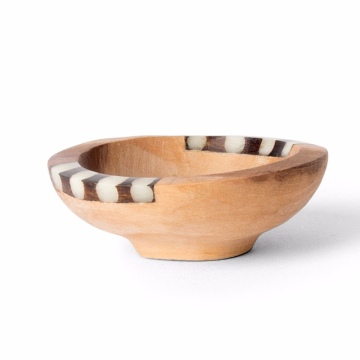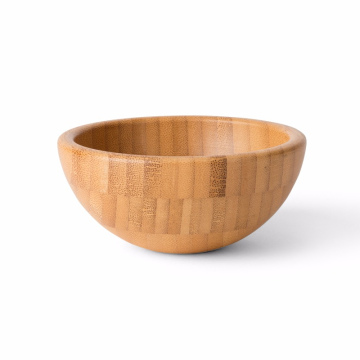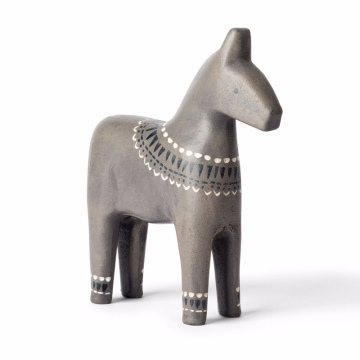Introduction to Spain's Pastry Culture
Spain boasts a vibrant and diverse pastry culture, woven intricately into the fabric of its culinary landscape. The historical roots of Spanish pastries can be traced back to the influence of various civilizations, including the Romans, Moors, and even the later visits by European explorers. Each of these cultures left an indelible mark on the traditional sweets that are now cherished across the country. As a result, there exists a rich variety of pastries that reflect both local ingredients and regional tastes, making Spain a delightful destination for pastry enthusiasts.
Pastries hold a significant place in Spanish cuisine, often featuring prominently in celebrations and everyday life. For instance, during major holidays such as Christmas and Easter, specific pastries are traditionally prepared, including the beloved turrón and the sweet obligaciones of roscón de Reyes. These seasonal treats not only showcase the creativity of Spanish bakers but also serve to strengthen familial and communal bonds through shared culinary experiences. Furthermore, regional specialties add a unique flair to the pastry culture, where each area boasts its own favorites, such as the flaky pasteles de nata from Lisbon and the almond-based tarta de Santiago from Galicia.
Culinary artisans throughout Spain continue to refine time-honored recipes, ensuring that the legacy of these exquisite pastries endures. The country’s pastry shops play an essential role in this endeavor, bridging the gap between traditional methods and contemporary baking techniques. As you explore these charming establishments, it becomes evident how integral they are to Spain's cultural identity, offering a sweet escape into the heart of the nation’s rich and diverse heritage. Indulging in these delightful confections provides a flavor-filled journey through the history and traditions that still thrive in modern Spain.
Must-Visit Pastry Shops Across Spain
Spain is home to a rich tapestry of pastry shops, each offering a unique glimpse into the country's delectable dessert culture. One standout establishment is Chök in Barcelona, often hailed as the "Temple of Chocolate." This shop specializes in an array of chocolate-based pastries, from rich mousse to tempting truffles, each crafted with high-quality ingredients. Visitors are encouraged to try their signature chocolate croissant, which is revered by both locals and tourists alike for its flaky texture and rich filling. The ambiance of Chök, with its earthy decor, further enhances the indulgent experience.
Moving to Madrid, La Mallorquina has been a beloved landmark since 1894. Famous for its napolitanas, a type of pastry filled with chocolate or cream, this historic bakery is a must-visit for those wanting to savor authentic Spanish pastries. Its traditional recipes have been passed down through generations, allowing visitors to relish the timeless taste of Madrid’s pastry heritage. Moreover, the shop offers an array of other baked goods, making it a formidable destination for any pastry enthusiast.
In San Sebastián, the renowned Pastelería Oiartzun stands out for its unique fusion of traditional Basque flavors and contemporary techniques. Highly regarded for its tarta de queso, a creamy cheese tart that embodies the region’s culinary prowess, this pastry shop attracts food lovers from across the nation. The exceptional quality of the ingredients used, along with the meticulous preparation methods, showcases the rich culinary history of the Basque Country.
Finally, don’t miss out on Pastelería Puyet in Valencia, famous for its exquisite horchata
Signature Pastries to Experience
Spain boasts a rich tapestry of culinary traditions, and its pastry scene is no exception. Every region of the country contributes its signature pastries, enriching the national landscape with unique flavors and textures. One of the most iconic treats is the churro, a deep-fried dough pastry, often enjoyed for breakfast. Originating from Spanish shepherds, churros are typically served with hot chocolate for dipping, creating a delightful combination of crispness and warmth. Their long, ridged shape allows for even more chocolate to cling, making this an indispensable experience for any visitor.
Another beloved pastry is the ensaimada, a sweet, spiraled dough originating from Mallorca. The name derives from the "saïm" or lard traditionally used in the dough, resulting in a light, flaky texture. Ensaimadas can be enjoyed plain or filled with a variety of ingredients like pumpkin, cream, or chocolate. This delectable pastry not only highlights the island's culinary heritage but also embodies the essence of indulgence with every bite.
Additionally, one cannot overlook the tarta de Santiago, a cake that pays homage to the patron saint of Spain, Santiago (Saint James). This almond-based cake hails from the region of Galicia and is easily recognizable by the iconic cross of Saint James dusted with powdered sugar on top. The combination of almond flour and sugar creates a moist, flavorful treat that is often served with a side of sweet wine, enhancing its delightful taste.
The diversity of these pastries underscores the richness of Spanish culture, as each dessert tells a story of its origin and preparation. As you journey through Spain, savoring these signature pastries will not only satisfy your sweet tooth but also provide a deeper appreciation for the country's culinary artistry.
Tips for a Sweet Journey through Spain
Embarking on a culinary adventure through Spain requires a bit of planning to fully appreciate the country’s rich pastry culture. To enhance your experience, consider the timing of your visits to local pastry shops. Most Spaniards indulge in pastries throughout the day, but the peak hours are typically during breakfast (around 8 AM to 11 AM) and the afternoon snack time known as 'merienda' (around 5 PM to 7 PM). Visiting during these periods not only allows you to enjoy fresh pastries but also to immerse yourself in the local eating customs.
Ordering pastries like a local can be an enjoyable experience. It is advisable to learn a few basic Spanish phrases such as "un croissant, por favor" or "me gustaría probar la tarta." This effort will likely be appreciated by shopkeepers, who are often eager to share their recommendations. Additionally, feel free to ask for suggestions, as many pastry shops offer unique specialties that might not be widely known. Knowing how to express interest in the local delicacies can open the door to delightful discoveries.
Pairing your selected pastries with a beverage can elevate the experience. Spanish coffee is renowned for its robust flavors and is an excellent accompaniment to pastries. If you have a sweet tooth, consider enjoying your treat with a cup of hot chocolate, which in Spain is often thick and rich, making it a delightful dip for churros or other baked goods. Understanding the intricate connections between pastries and beverages can enhance your overall enjoyment.
Cultural etiquette is also essential when consuming pastries in Spain. It is customary to savor your sweets slowly and engage in conversations with friends or family. Furthermore, participating in local food tours is highly recommended. These excursions not only provide an opportunity to taste various pastries but also to learn about their history and significance. By incorporating these tips into your sweet journey through Spain, you are sure to create lasting memories.








